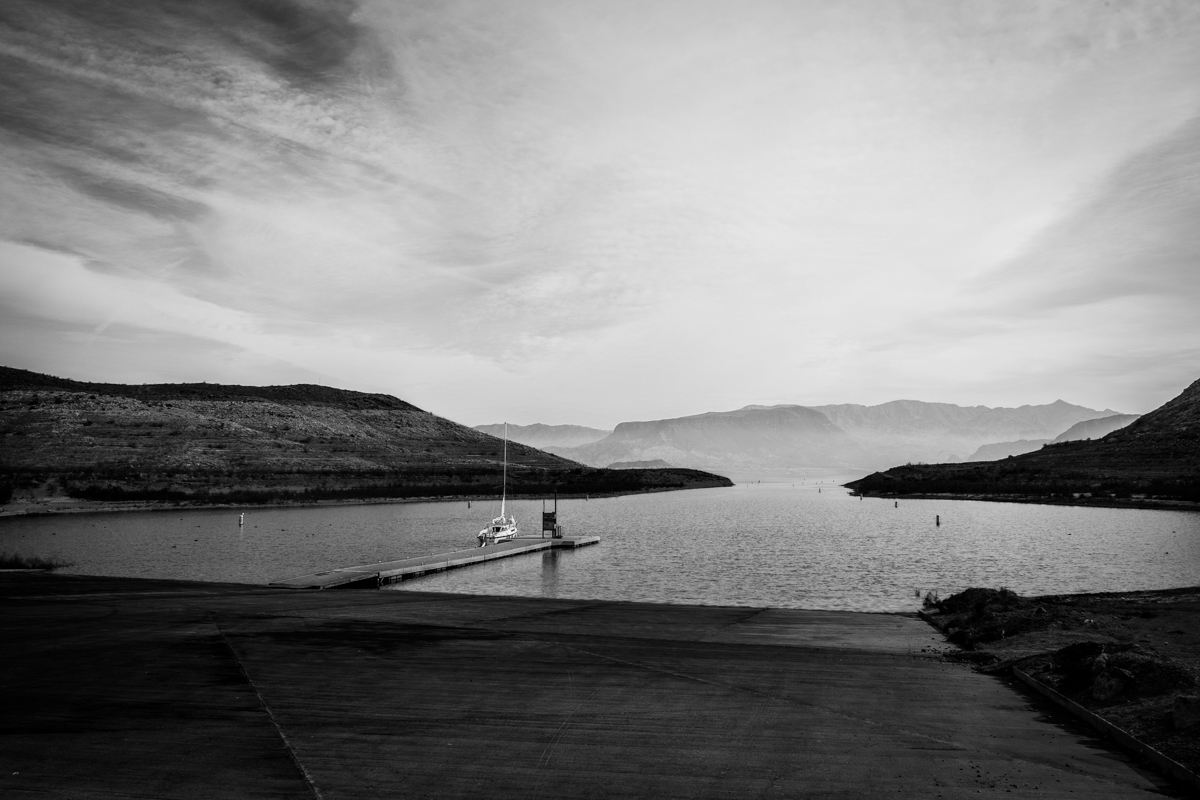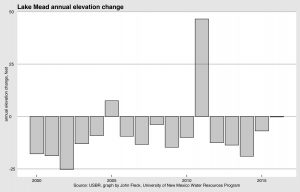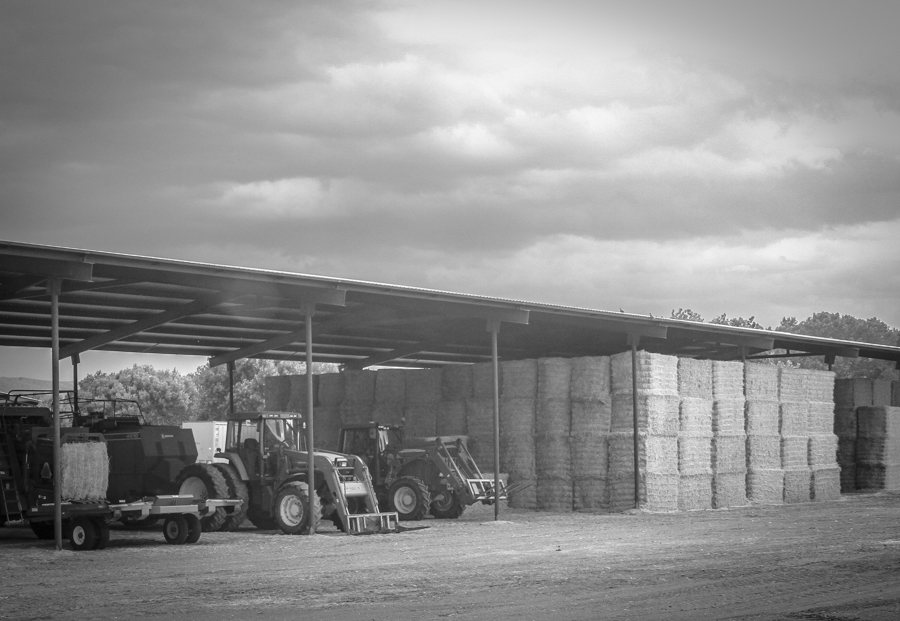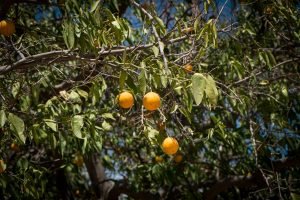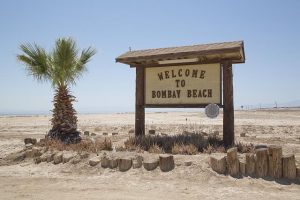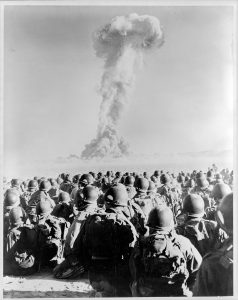On a personal level, 2016 has been pretty great.
I published a book, Water is for Fighting Over: and Other Myths about Water in the West, which has been well received.
When I was struggling three years ago to move from the general – “I want to write a book” – to the specific – “I want to write this book” – I set down a very particular goal. I wanted to write a book about a path through a water-scarce future, I told the folks at Island Press, that appealed to both the agricultural irrigation community and the environmental left.
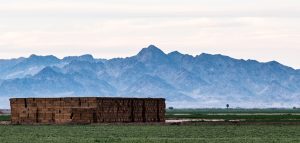
desert farming, Blythe Calif., February 2015 © John Fleck
This was pure bluff. I had no idea how to do it.
At that point I could see, dimly, that the story I was trying to tell was both descriptive and prescriptive, of a collaborative problem-solving structure that crossed those boundaries. It was descriptive in the sense that, in my reporting, I had seen people do it. It was prescriptive in the sense that I had come to believe it was the only path forward in solving our problems. The people who thought desert farming was crazily unsustainable and needed to die were not going to win. The people who thought leaving water in rivers for the environment was crazy were not going to win. The people who were going to succeed were the ones who figured out a way to let both groups be right. I had a very particular image in mind, of a thing I saw one evening in early 2014 – of a three people I know, two environmentalists and a leathery old ag water irrigation guy, sitting together in a hotel bar.
The environmental left part was easy – those are my people. But one of the deeply learned lessons of my journalistic career was the task of “entertaining” a diverse set of ideas: “to keep, hold, or maintain in the mind” (Merriam Webster) or better “to hold mutually; to hold intertwined” (Oxford English). So I spent a lot of time trying to understand the people, the culture, the values of desert farming.
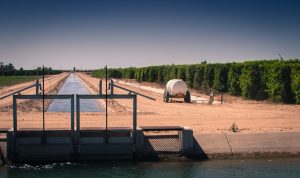
citrus irrigation system, Yuma Mesa, © John Fleck
I think I finally got it when I was walking with a Yuma lettuce farmer to the parking lot behind his office. But for the fact that it was surrounded by irrigated valley land, it would have looked like any modern small business office building. And also the tractors out back. “That was my Dad’s first tractor,” he explained, pointing to an old one, carefully displayed. “And that was my first tractor.” The space to the right, he explained, was set aside to display his son’s first tractor.
The book came out Sept. 1, and I could not be more happy with its reception. Wired Magazine named it one of the must-read science books of 2016. Folks at the Audubon Society invited me to speak to their membership.
But thing that made me happiest? Two weeks ago at the annual meeting of the Colorado River Water Users Association in Las Vegas, CRWUA president Bart Fisher, a melon farmer from Blythe, Calif., in his opening remarks at the meeting’s plenary session, told folks they should read my book.
Thanks, Bart.

